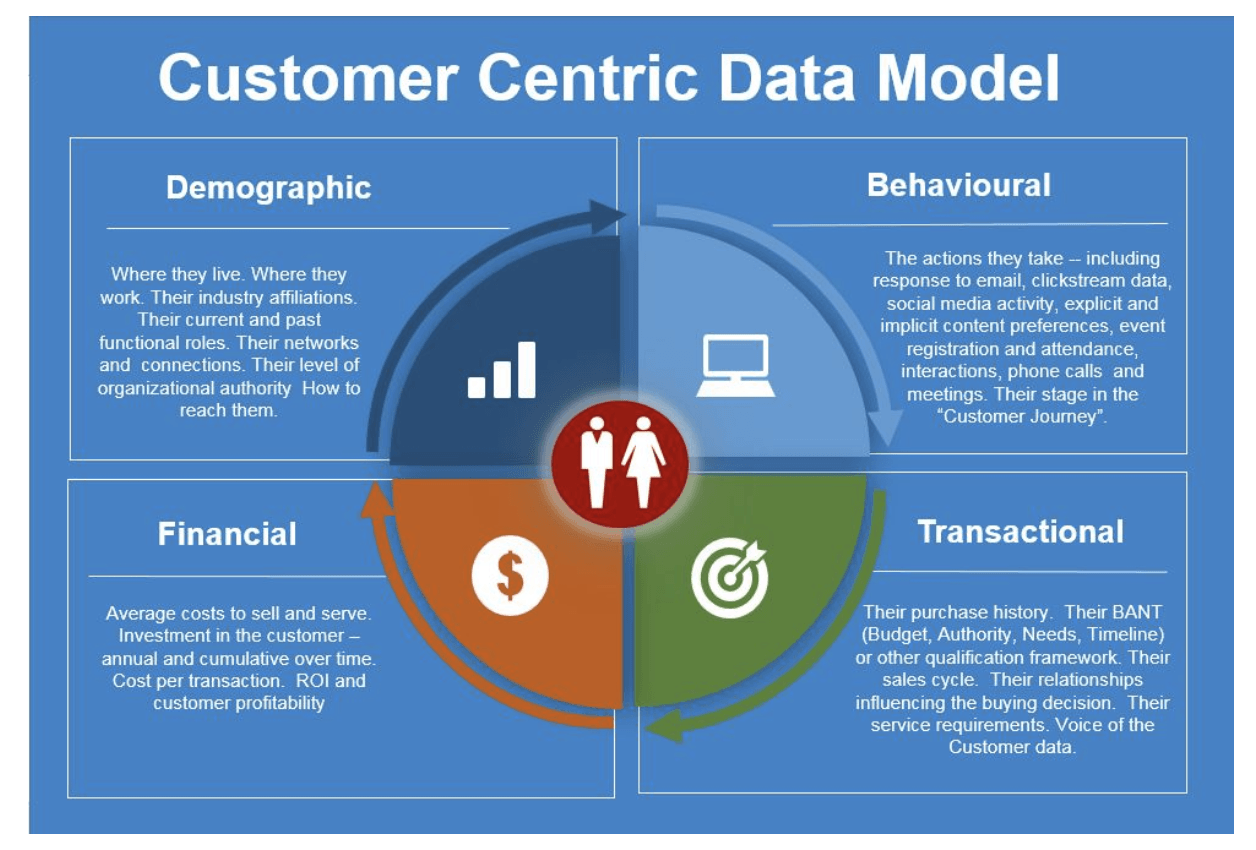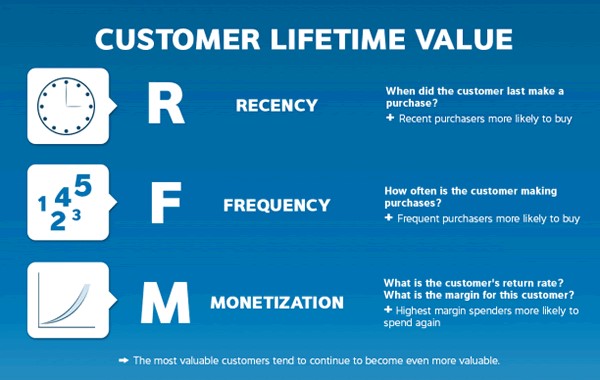5 data-driven ways to build a customer-centric culture
Discover five ways a data-driven approach can build a customer-centric culture – and lead to the long-term success of your business.

A customer-centric company puts the customer first and at the center of every decision they make. A true customer-centric culture must permeate every aspect of a company, from high-level C-suite decisions to everyday operating procedures.
Building a customer-centric culture requires not just the buy-in of senior management, but also the right data to let you know what your customers are thinking. A data-driven culture supports customer-centricity by helping you better understand what your customers need and what drives their purchasing behavior.
Key takeaways
-
A customer-centric organization focuses on understanding and meeting customer needs
-
A data-driven approach can help you identify customer behavior and intent based on your metrics
-
Collect data across your organization about customer demographics, behavior, transaction and finances to guarantee customer satisfaction and retention
-
Identity your most valuable customers and prioritize customer lifetime value to improve the customer experience
What customer-centric culture is and why it is important
A customer-centric culture is one that revolves around the needs and wants of your current and potential customers. It contrasts with a product-driven culture that develops products with little regard to whether customers want them. It's also different from a profit-driven culture that views customers only as a means to generate revenue and profit.
Companies that embrace a customer-driven culture get inside their customers' heads to learn how they feel, how they think and how they act. They understand that they can't force products onto their customers – the products they offer must be designed to meet their customers' needs. They also understand that they must target their marketing on what their customers want and need and, in turn, provide a first-class experience for their customers.
To do all of this requires an in-depth knowledge of the customer. This knowledge can only come from the data the company collects. Customer-centric data should reflect customer interests, behavior and engagement at all stages of the customer lifecycle by going beyond simple contact and demographic information.
What you learn about your customers can then drive your product decisions, your marketing decisions, and how you treat and interact with your most valued customers. This customer-centric focus will help you grow your customer base and your business. According to Deloitte and Touche, “Customer-centric companies are 60% more profitable than those without a similar customer focus.”
How to use data to build a customer-centric culture
Any company that thinks simply building a product or designing a website because they can, or because it looks "neat," is in for a cruel surprise. In today's marketplace, products, websites, marketing campaigns and more have to be designed with the customers' needs in mind, or they'll be cast aside by disinterested consumers. Product and marketing decisions alike need to be based on data that help companies focus on what their customers want and need.
Thus, it's essential to combine a data-driven culture with a customer-centric one. The data you collect feeds into and informs your understanding of your customers. The more and better data you have, the better you'll know what to provide for your customers.
With that in mind, here are five ways you can use customer data to build a customer-centric culture in your business.
Embrace a customer-centric data model
To use data to build a customer-centric culture, you have to collect the right customer data. This means embracing a customer-centric data model that includes the following elements:
-
Demographic data that tells you who your customers are, what they look like, where they live and work
-
Behavioral data that details the actions your customers take, especially their responses to various marketing and online activities
-
Transactional data that shows each customer's purchase history and what influenced their buying decisions
-
Financial data about the costs of investing in and selling to each customer, including ROI and customer profitability

Focus on better data, not more data
When gathering customer and sales data, know that simply collecting more data doesn't always serve your needs. The focus should be on quality, not quantity – better data about customer behavior, intent, wants and needs. The goal is to collect only the data that helps you better understand your customers and predict their future behavior.
Democratize data access
The data you collect must be accessible across the entire enterprise. Essential data can't be siloed within a single department. It must be made available to all in your organization involved in focusing on customer behavior. This again argues in favor of centralizing customer data, as well as democratizing access to that cross-functional data.
Identify your most valuable customers – and market to their needs
Not all customers are created equal. Your most valuable customers – what some call MVCs – are those who either generate the most revenue and profit now, or are likely to do so over their lifetimes.
MVCs are not always the most visible or the most vocal customers you sell to. Often they represent the "silent majority" of customers. Don't let your team get distracted by the squeaky wheels with the loudest voices on social media. Use the customer data at your command to identify those customers who mean the most to your business, and make them the center of all your product and marketing activities. You may find that you can offer additional products and services that meet the needs of these die-hard customers – as shown in this video.
Prioritize lifetime value
When determining your MVCs, be sure to focus on each customer's lifetime value rather than short-term profits. Use available data to determine each customer's recency, frequency and monetization. According to a Criteo report, 81% of brands that do a good job focusing on customer lifetime value see an increase in sales. You want to develop a long-term relationship with your customers, so that they can deliver a lifetime of revenue to you.

Let Optimizely help you build a customer-centric culture in your business
When you want to build a customer-centric model in your business, turn to Optimizely. Our Digital Experience Platform helps you identify your MVCs and create unique user experiences. Our personalization services build on real-time user data to create customer-centric content, products, campaigns and websites. Let Optimizely help your company embrace the customer-centric model – and grow your business for the future.
Contact Optimizely today to learn more about building a customer-centric culture in your business.
